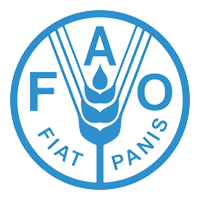How Innovative Is Your Agriculture ? Using Innovation Indicators and Benchmarks to Strengthen National
This paper explores the application of the innovation systems framework to the design and construction of national agricultural innovation indicators. Optimally, these indicators could be used to gauge and benchmark national performance in developing more responsive, dynamic, and innovative agricultural sectors in developing countries. The paper develops a conceptual framework that ties the innovation systems framework to the agricultura sector; reviews how the framework has been used to develop innovation indicators in other fields; discusses a set of potential innovation indicators for developing-country agriculture; and identifies potential data sources and methods for constructing different types of indicators.
Related Resources
Practical Guide to Capacity Development in a Sector Context
This Practical Guide to Capacity Development in a Sector Context has been compiled to accompany Asian Development Bank (ADB)’s Capacity Development Framework and Action Plan.1 Its purpose is to provide ADB staff and other development practitioners with a set of...
Pathways for Change: 10 Theories to Inform Advocacy and Policy Change Efforts
This brief report lays out ten theories of advocacy and policy change. These theories are intended to articulate the policy making process and identify causal connections supported by research to explain how and why a change may or may not...
The Family Economy and Agricultural Innovation in West Africa
This report sets out the synthesis of work carried out within the framework of the Sahel and West Africa Club (SWAC) Secretariat Initiative on “The family economy and agricultural innovation: towards new partnerships”. The initiative aimed to stimulate analyses, collect...

Capacity Development in Agricultural Research for Development
This paper reviews the current policies and programmes of EIARD members in relation to capacity development and makes recommendations on future directions. The main issues and recommendations will be incorporated into a policy brief in which specific policy options or...



